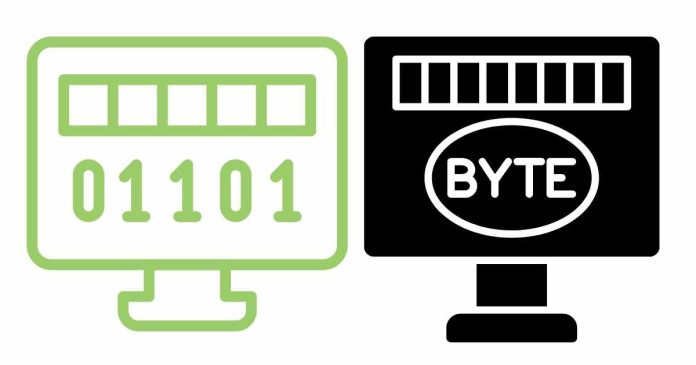A bit (short for binary digit) is the smallest unit of data in computing, representing a single binary value of either 0 or 1. It’s the foundation of all digital information. On the other hand, a byte is a larger unit made up of 8 bits. Bytes are used to store and process more complex information, such as text, numbers, and multimedia data. For example, a single character, like the letter “A,” is typically represented by one byte in standard encoding systems like ASCII. In essence, bits are the building blocks, while bytes are the packages we use to handle meaningful data.


